How To Choose The Right Dicing Equipment According To The Size Of The Meat?
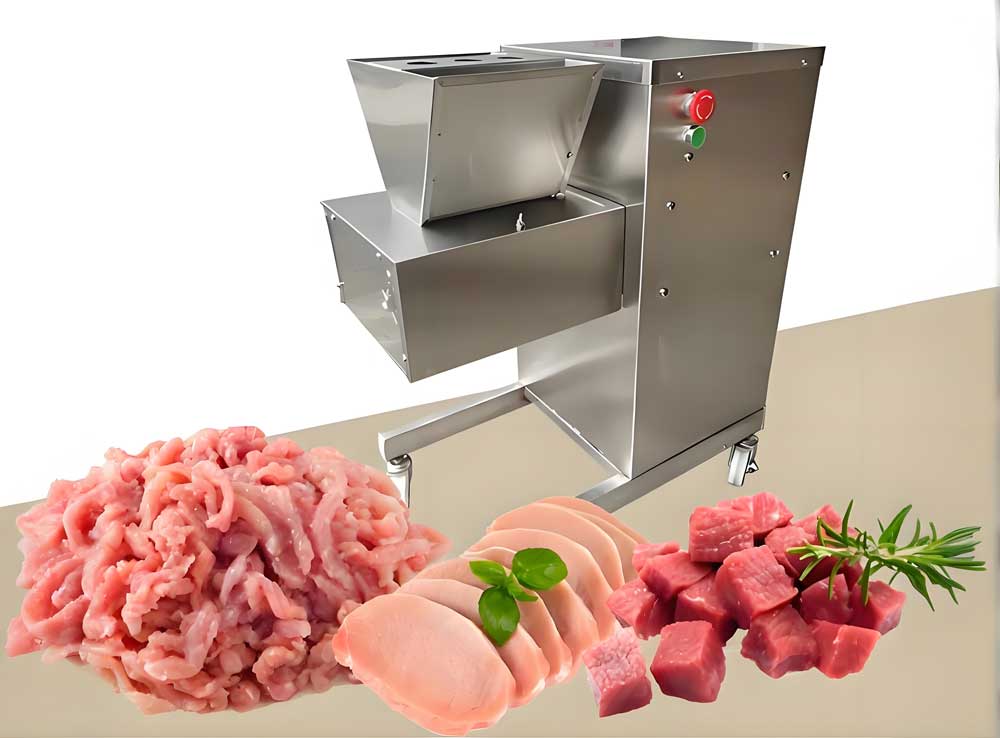
Don't Get Jammed! Why Input Meat Size is Crucial for Choosing Your Dicer
Picture this: you've invested in a shiny new meat dicer, ready to streamline your prep and churn out perfectly uniform cubes. You load it up with enthusiasm, flip the switch, and... crunch, grind, halt. What went wrong? Often, the culprit isn't a faulty machine, but a fundamental mismatch between the size of the meat chunks you're feeding it and the machine's designed capacity. Paying close attention to the input meat size before you buy isn't just advisable; it's absolutely crucial for efficient operation, machine longevity, and achieving those pristine dicing results you crave. Ignore it, and you risk jams, damage, and a whole lot of frustration.
The Goldilocks Principle: Finding the Dicer That's "Just Right" for Your Meat Size
Remember the tale of Goldilocks? Not too big, not too small, but just right. This principle perfectly encapsulates the quest for the ideal meat dicer relative to your input material. You need a machine whose capabilities align harmoniously with the dimensions of the meat chunks you typically process. Too small a machine for large chunks invites disaster. Conversely, while less problematic, using a colossal industrial dicer for tiny pieces might be inefficient overkill. Finding that sweet spot ensures smooth operation, optimal performance, and protects your valuable equipment investment.
Decoding Dicer Specs: Understanding Feed Opening Dimensions
When you start comparing meat dicers, you'll encounter a deluge of technical specifications. Amidst the motor power ratings and throughput capacities lies a critical dimension: the feed opening size (sometimes called the feed throat or chamber inlet). This specification is your primary guide to understanding the maximum size of meat chunk the machine is engineered to accept comfortably. It’s the gateway to the cutting chamber, and respecting its limits is paramount.
What Exactly Is the Feed Opening (and Why Should You Care)?
Simply put, the feed opening is the aperture or chute through which you introduce the meat into the dicer's cutting mechanism. Its dimensions (often given as length x width, or diameter) physically restrict the size of the piece that can enter the cutting zone. Trying to force a chunk larger than this opening is like trying to fit a square peg in a round hole – futile and potentially damaging. Understanding this dimension is non-negotiable because it directly dictates the maximum size of your input material the machine can even begin to process. It’s the first gatekeeper in the dicing process.
Measure Twice, Dice Once: Assessing Your Typical Meat Chunk Size
Before you even start browsing for dicers, take a critical look at your current meat preparation process. What are the typical dimensions of the meat pieces before they would go into a dicer? Are you working with large primal cuts, smaller pre-portioned sections, or long strips? Measure them! Get realistic average and maximum dimensions (length, width, height). This empirical data is invaluable; it provides the benchmark against which you'll compare potential dicer specifications. Don't guess – know your input.
Consistency Counts: Aiming for Uniform Input Chunks
While assessing your sizes, also consider consistency. Do your chunks vary wildly, or are they relatively uniform? Feeding a dicer consistently sized pieces generally leads to smoother operation and more uniform output dice. Wildly inconsistent input sizes can sometimes cause uneven feeding or temporary overloading, even if individual pieces are within the maximum limit. Aiming for some level of input uniformity, perhaps through a pre-cutting step if necessary, can significantly enhance the efficacy of your dicing process.
The Big Squeeze: What Happens When Your Meat Chunks Are Too Large?
So, what are the tangible consequences of trying to feed oversized chunks into a dicer that isn’t built for them? The results are rarely pretty and can range from inconvenient slowdowns to costly repairs. It's a scenario best avoided through informed equipment selection.
Machine Mayhem: Risking Damage and Strain on Your Dicer
Forcing oversized meat puts immense strain on the dicer's components. The motor may labor excessively, potentially overheating or burning out. The pushing mechanism (ram or auger) can jam or break under the excessive force required. Most critically, the delicate, precision-engineered cutting blades and grids can chip, bend, or shatter upon impact with a piece that simply won't fit or requires disproportionate force to cut. This isn't just wear and tear; it's avoidable mechanical trauma.
Choppy Results: How Oversized Chunks Lead to Uneven Dicing
Even if the machine manages to process an oversized chunk without completely failing, the quality of the dice often suffers. The piece might tumble incorrectly within the cutting chamber, leading to incomplete cuts or irregular shapes. The extra strain can cause blades to deflect slightly, resulting in non-uniform dimensions. Instead of perfect cubes, you might end up with wedge-like pieces, partially cut sections, and an overall lack of consistency – defeating a primary purpose of using a dicer.
Safety Alert! The Dangers of Forcing Large Pieces
Trying to manually force a large, stubborn piece of meat into a running dicer is extremely dangerous. It increases the risk of hands getting too close to the moving parts within the feed chute, potentially leading to severe injury. Machines often have safety interlocks, but attempting to bypass jams caused by oversized pieces introduces unnecessary hazards for the operator. Safety protocols must always prioritize using appropriately sized input material.
Throughput Timeout: Why Oversized Chunks Slow Down Production
It might seem counterintuitive, but trying to process chunks that are too large inevitably slows down your overall production. The machine struggles, jams occur more frequently requiring stops to clear, and the overall processing rate plummets. A machine operating smoothly with correctly sized input will always outperform one constantly battling oversized pieces, even if the "theoretical" maximum chunk size seems larger. Efficiency thrives on smooth, continuous operation.
Can Chunks Be Too Small? (Minor Considerations)
Generally, feeding chunks smaller than the maximum feed opening isn't a major problem. However, extremely small or irregularly shaped tiny pieces might occasionally feed less consistently or tumble inefficiently in very large dicers, potentially leading to slightly less uniform output compared to optimally sized input. This is usually a minor issue compared to the significant problems caused by oversized chunks. The main caveat is ensuring pieces are large enough to be properly engaged by the machine's feeding and cutting mechanism.
Finding Your Fit: Aligning Chunk Size with Machine Specifications
The core task, therefore, is a clear-eyed comparison. You need to rigorously align the real-world dimensions of your typical meat input with the stated feed opening specifications of the dicers you are considering. This matching process is the foundation of a successful purchase.
Reading Between the Lines: Locating Feed Size Info on Spec Sheets
Manufacturers understand the importance of this specification. Look for terms like "Feed Opening," "Chamber Inlet," "Throat Size," or "Max Input Size" on the product specification sheet or technical data documentation. Dimensions are usually provided in millimeters or inches (e.g., 120mm x 120mm, or 4.5" x 4.5"). Pay close attention to all dimensions provided (length, width, sometimes height) if applicable.
The Sweet Spot: Ideal Chunk Size vs. Maximum Feed Opening
Here’s a pro tip: While the specification sheet gives the maximum size, aiming for input chunks that are consistently slightly smaller than the maximum feed opening dimensions often leads to the smoothest, most efficient operation. This provides a little wiggle room, preventing pieces from getting wedged right at the inlet and ensuring they feed cleanly into the cutting chamber. Don't push the absolute limit consistently; aim for the operational sweet spot just below the maximum.
Dicer Categories & Their Chunk Size Comfort Zones
Meat dicers generally fall into different categories based on their overall size, power, and intended application, which directly correlates with the input chunk sizes they are designed to handle comfortably.
Compact Cutters: Best for Pre-Portioned or Smaller Pieces
These are often benchtop or smaller floor models, ideal for restaurants, smaller butcher shops, or delis. Their feed openings are typically smaller, suited for processing pre-cut strips, smaller muscle sections, or trimmings. Trying to feed large chunks here is definitely asking for trouble.
Mid-Range Muscle: Handling Moderately Sized Chunks with Ease
These floor-standing models offer a step up in power and capacity. Their feed openings are larger, capable of handling more substantial pieces of meat, perhaps medium-sized muscle cuts or larger strips prepared from primals. They strike a balance suitable for many medium-volume operations.
Industrial Titans: Dicers Built for Larger Blocks and Primal Cuts
Found in large processing plants and central kitchens, these are the heavy-duty behemoths. They boast significantly larger feed openings, often square dimensions measured in many inches or >100-200mm, designed to take large chunks, entire muscle sections, or pre-broken primal cuts directly, minimizing pre-processing labor.
Frozen Block Busters: Special Considerations for Large Frozen Inputs
Dicers specifically designed for frozen blocks have unique requirements. While the feed opening is still critical, the machine's power and blade design are paramount for handling the density. The input might be large blocks, but they must still fit the designated chamber dimensions, and the machine must possess the puissance to fracture and cut the frozen mass.
Beyond the Opening: Other Size-Related Machine Factors
While the feed opening is the primary gatekeeper, other machine characteristics interact with input chunk size.
Power Play: Does Bigger Meat Need a Beefier Motor?
Absolutely. Larger, denser chunks of meat naturally require more force to push and cut. Dicers designed for larger input sizes invariably come equipped with more powerful motors (higher horsepower or kilowatts) to handle the increased workload without strain or slowdown. Motor power must be commensurate with the intended input size.
Inside the Box: How Cutting Chamber Design Handles Size
The internal volume and design of the cutting chamber also play a role. A machine might have a large feed opening, but if the chamber itself is relatively small or configured in a way that restricts tumbling, it might struggle with optimally dicing pieces that are technically small enough to enter. The overall internal geometry matters.
Blade Battles: Can the Blades Handle Your Chunk Dimensions?
Larger, tougher chunks also place more stress on the cutting blades and grids. Machines intended for bigger input sizes typically feature more robust, thicker, and potentially specialized blade designs capable of withstanding the higher cutting forces involved without premature wear or damage.
The Pre-Cutting Conundrum: Cut Down Meat or Upsize Your Dicer?
This leads to a crucial strategic decision. If your typical meat chunks are larger than what an affordable or suitably sized dicer can handle, you face a choice: invest in labor/time to pre-cut the meat into smaller, compatible pieces, OR invest in a larger, more capable (and likely more expensive) dicer that can handle your existing chunk sizes directly.
Labor vs. Investment: Weighing the Costs of Pre-Processing
Pre-cutting adds a labor step, increasing time and operational costs. However, it allows you to potentially use a smaller, less expensive dicer. Upsizing the dicer reduces pre-processing labor but requires a higher initial capital investment. You need to analyze the volumes, labor costs, and equipment prices to determine the most cost-effective approach for your specific operation over the long term.
Streamlining Steps: Impact on Your Kitchen Workflow
Consider the overall flow. Does adding a pre-cutting step create a bottleneck? Does eliminating it by using a larger dicer significantly streamline your process from receiving to final product? Evaluate the holistic impact on your kitchen's efficiency and throughput when making this decision.
Success Secrets: Optimizing Dicing with Input Size Awareness
Achieving dicing nirvana is easier when you actively manage your input size.
Standardize Your Start: The Benefits of Consistent Input Size
Wherever possible, aim to standardize the size of chunks being fed into the dicer. This leads to more predictable feeding, smoother operation, more consistent output dice, and generally makes the entire process more efficient and reliable. Training staff on target input sizes is beneficial.
Respect the Limits: Avoid Overloading Your Dicer's Capacity
Never intentionally try to force pieces larger than the machine's specified maximum feed opening. Heed the manufacturer's guidelines. Pushing the limits consistently leads to reduced machine lifespan, potential safety issues, and lower quality results. Treat your equipment with respect by feeding it appropriately.
FAQs: Your Meat Chunk Size & Dicer Questions Answered
My meat chunks vary a lot in size. What should I do?
Ideally, implement a pre-cutting step to achieve more uniformity before dicing. If that's not feasible, you'll need to select a dicer whose feed opening can accommodate your largest typical chunk size, understanding that smaller pieces will also be processed (though perhaps slightly less optimally than consistently sized input). Alternatively, sort chunks by size and process batches accordingly if feasible.
Can I just toss whole muscle cuts into any large dicer?
Not necessarily. Even large industrial dicers have maximum feed opening dimensions. While some can handle very large sections, "whole muscle" can mean vastly different things (e.g., a whole beef tenderloin vs. a massive beef round). Always compare the actual dimensions of your typical whole muscle cuts against the specific dicer's feed opening specifications. Some pre-cutting might still be required for very large primals.
Is the shape of the chunk as important as the overall size?
Yes, shape plays a role. A long, thin piece might fit through the opening but tumble awkwardly inside. Ideally, chunks should be somewhat uniform in shape (closer to cubes or blocks) to feed and cut most effectively. Very irregular shapes can sometimes lead to less consistent dicing, even if they technically fit the opening.
What really happens if I force a piece that's just slightly too big?
Even a slightly too large piece can cause problems. It might get wedged at the entrance, requiring manual intervention (a safety risk). It puts extra momentary strain on the motor and pushing mechanism. It can lead to an incomplete first cut, affecting final dice uniformity. While a single instance might not break the machine, repeatedly doing so accelerates wear and tear and increases the risk of jams or damage. It's poor practice.
Does the meat's temperature (fresh vs. frozen) change the ideal chunk size?
Temperature primarily affects the force required to cut, influencing motor power and blade needs. However, the physical dimensions of the feed opening remain the same. You still need to ensure the frozen or fresh chunk fits through the opening. Extremely cold, hard-frozen blocks might require slightly more clearance (aiming further below the max size) to prevent wedging, as they have zero "give."
How does fat content affect the suitable chunk size?
High fat content makes meat softer and more prone to smearing if the blades aren't sharp or the cutting action isn't clean. While it doesn't directly change the maximum input size based on the feed opening, very large, fatty pieces might put more strain on the machine or be more likely to deform during cutting if the input size is pushing the limits. Well-chilled, correctly sized fatty cuts tend to dice cleaner.
Conclusion: The Right Size Input Makes All the Difference for Dicing Success
Choosing the right meat dicer involves more than just looking at overall capacity or brand name. Paying diligent attention to the machine's feed opening dimensions and honestly assessing the size of your typical input meat chunks is fundamental. Matching the two correctly – finding that "Goldilocks" fit – prevents jams, protects your equipment, ensures consistent and high-quality dice, enhances safety, and maximizes your operational efficiency. Size truly does matter in the world of meat dicing.
Ready to Dice Right? Let's Match Your Meat to the Machine!
Armed with this knowledge, you're now better equipped to evaluate your needs and select a meat dicer that perfectly aligns with your input material. Measure your meat, study those spec sheets, consider your workflow, and make an informed decision. Choosing the right machine based on size compatibility is the first, crucial step towards achieving dicing dominance in your kitchen!
Must-Read Blogs For Chain Restaurants Owner

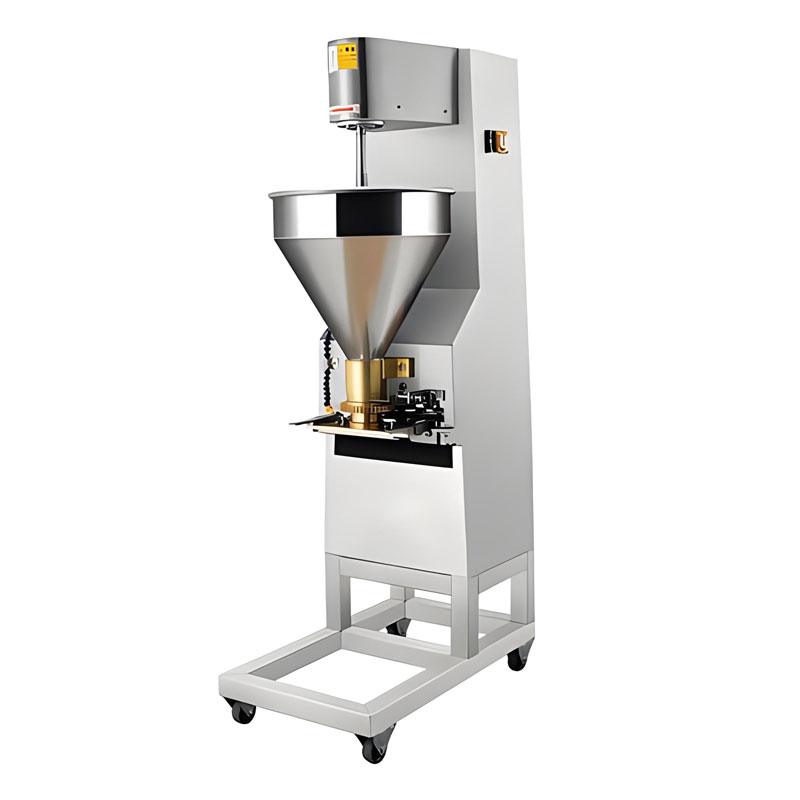
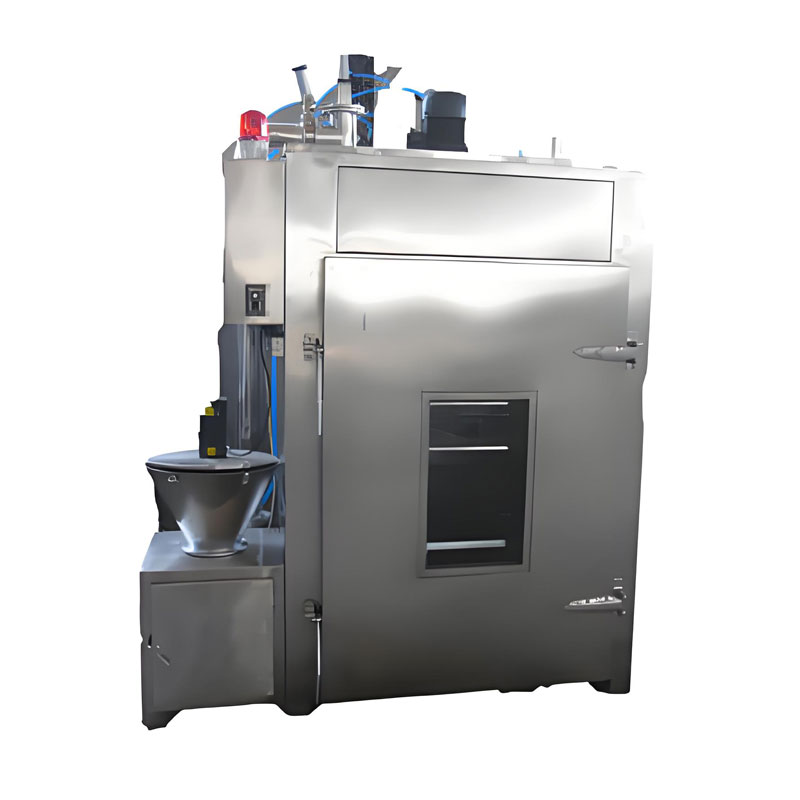
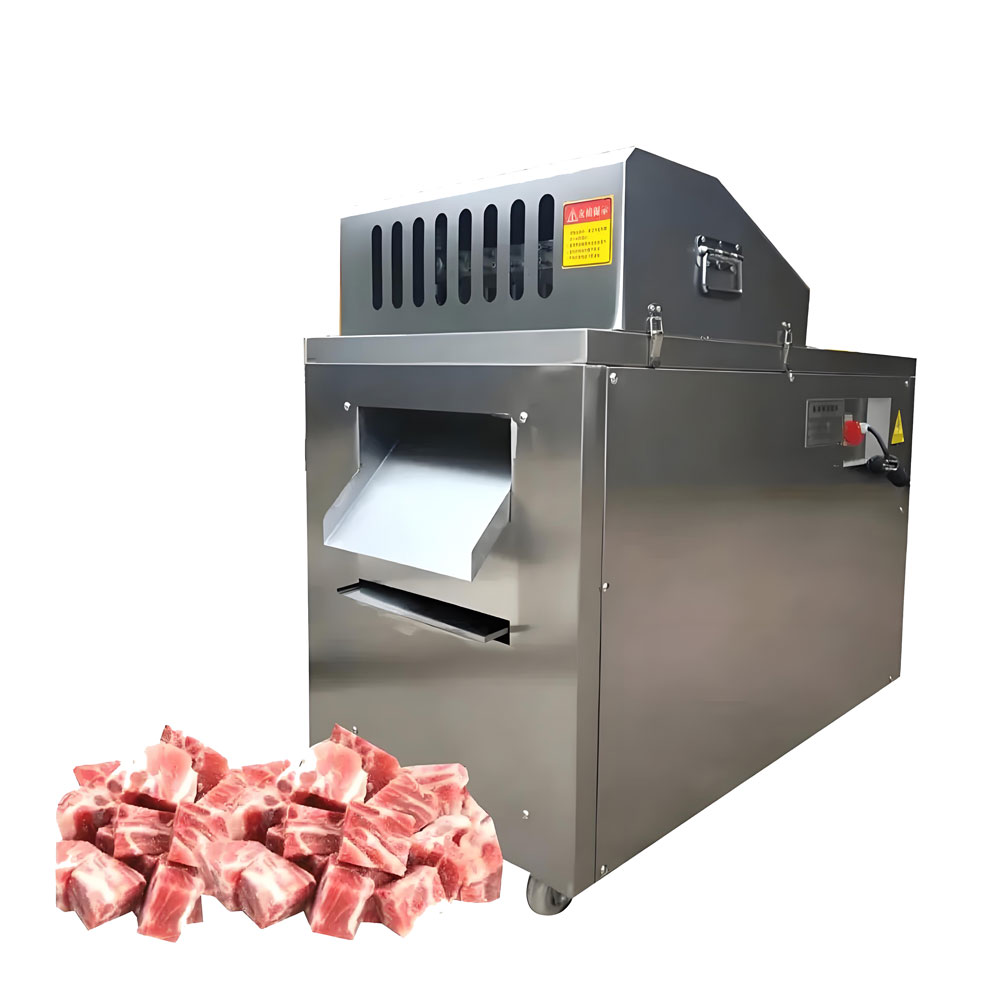
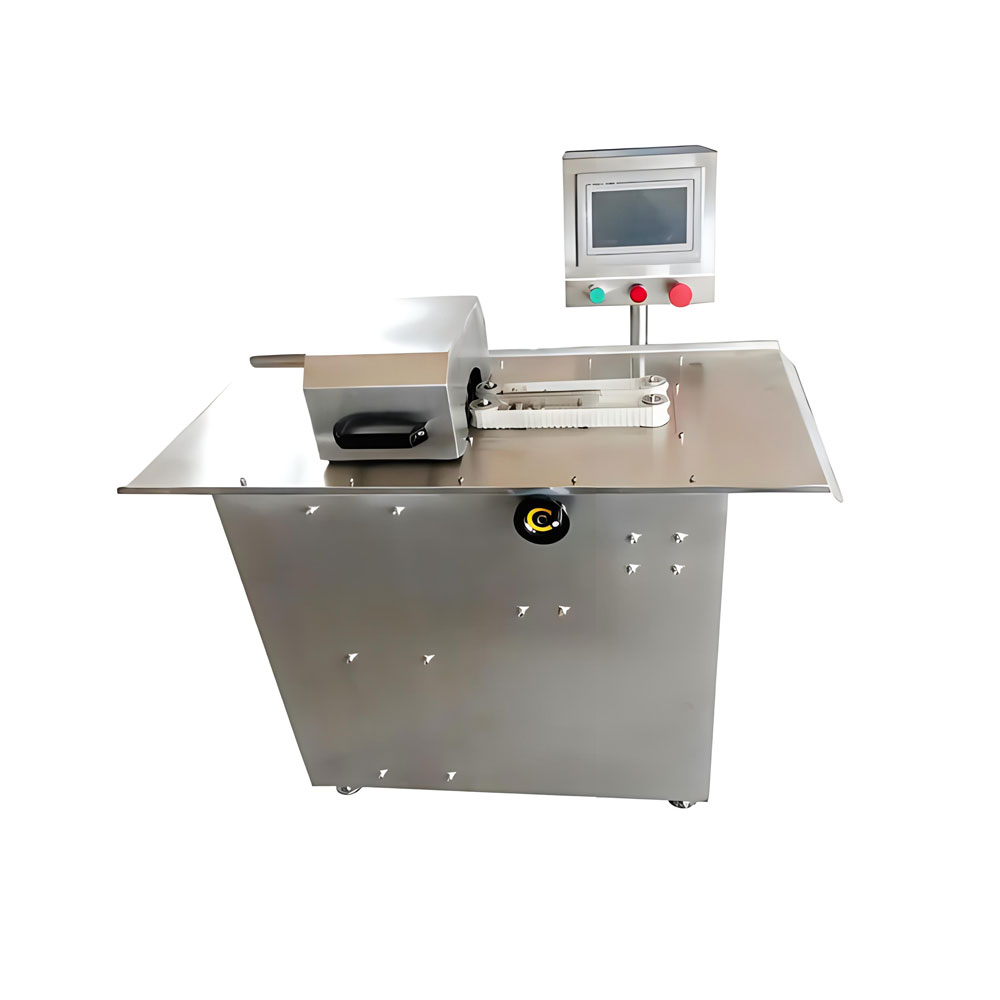
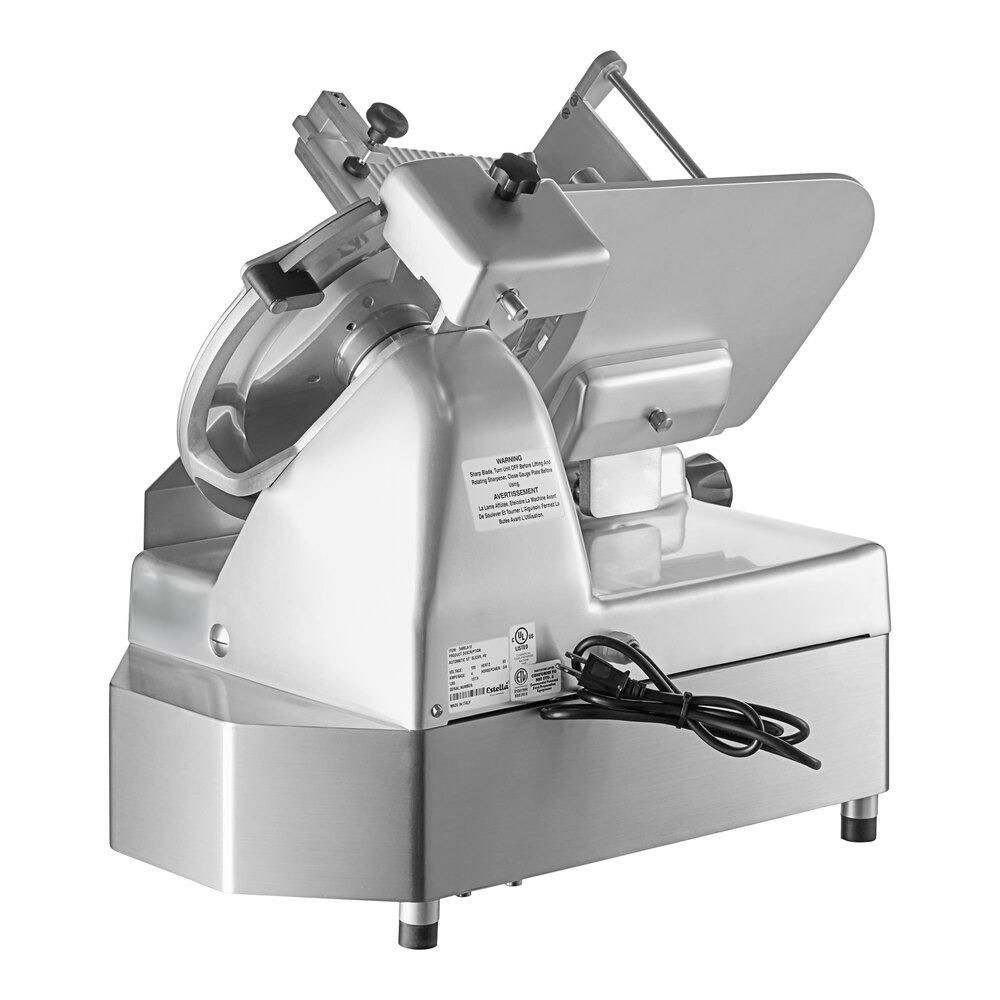
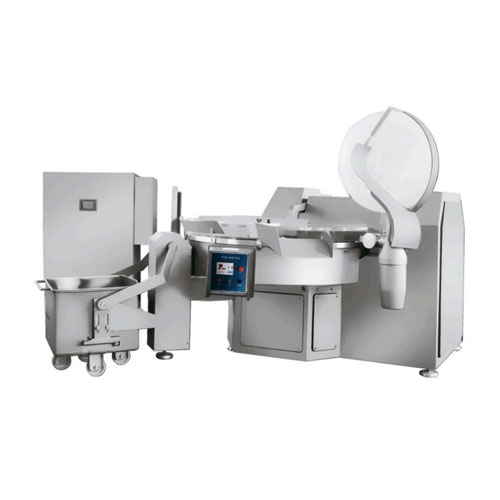
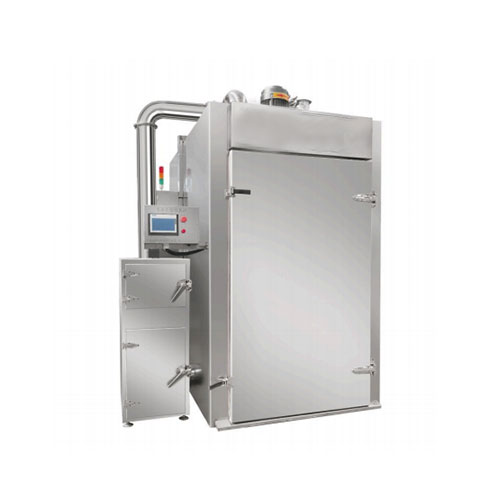
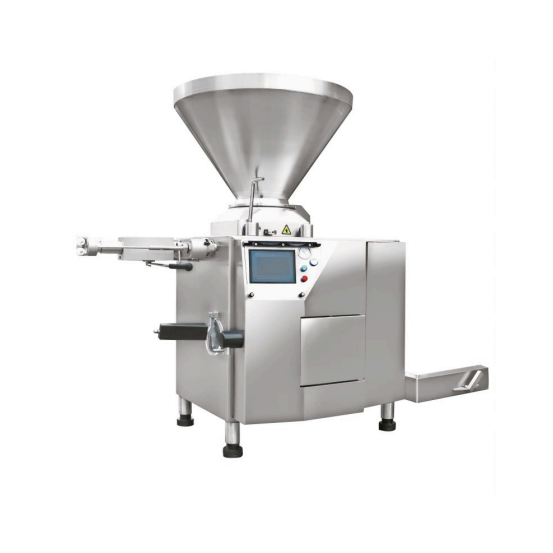
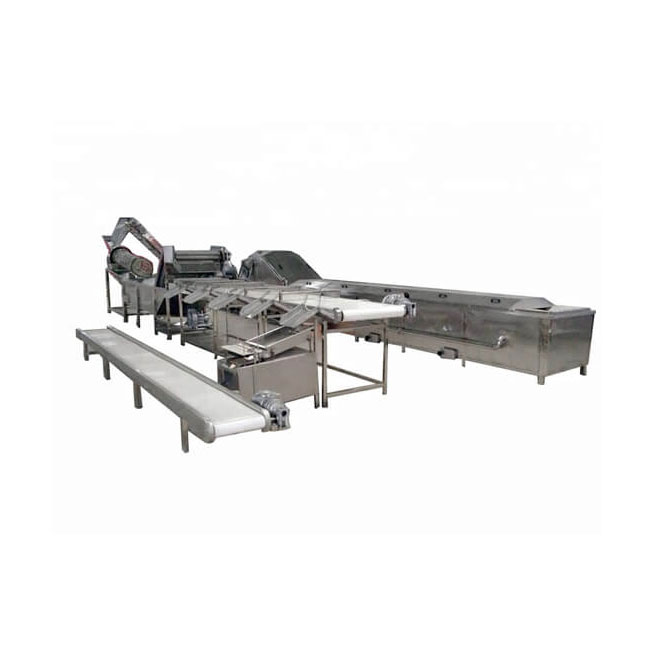
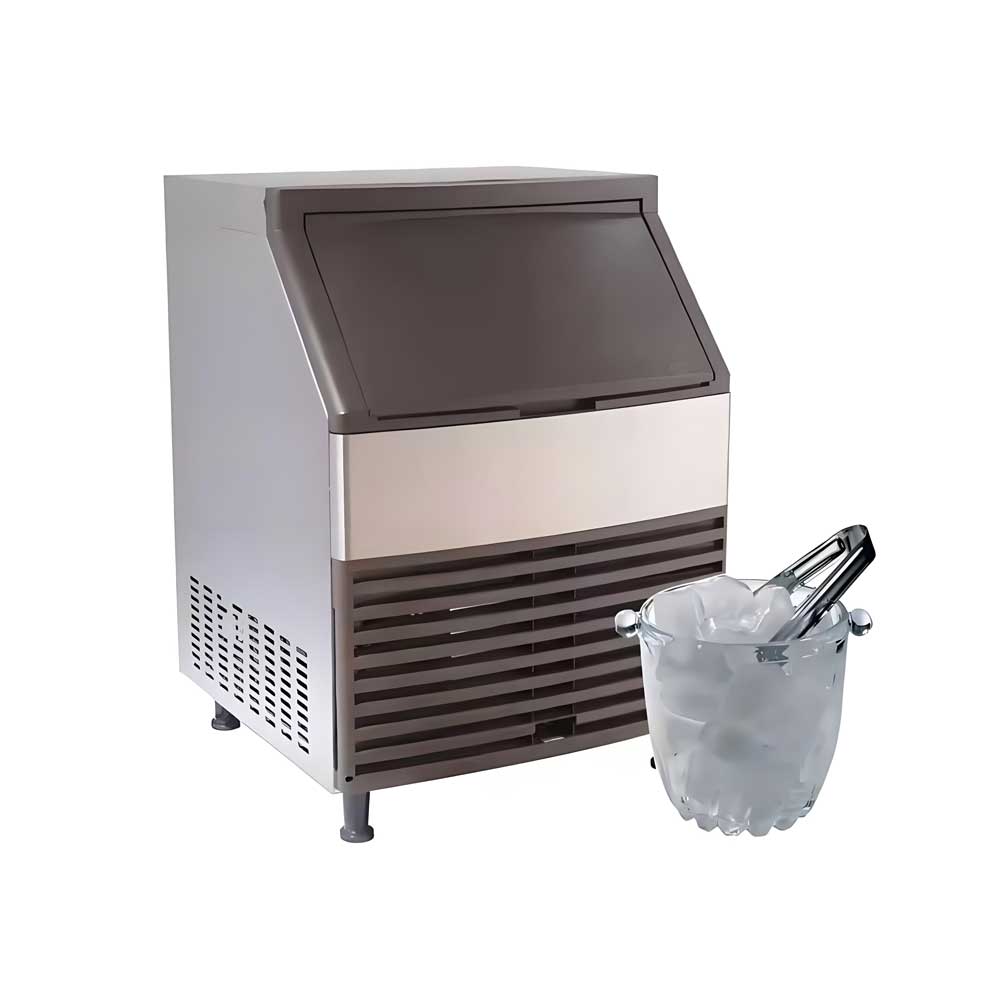
 Automatic Fresh Meat Dicing Machine
Automatic Fresh Meat Dicing Machine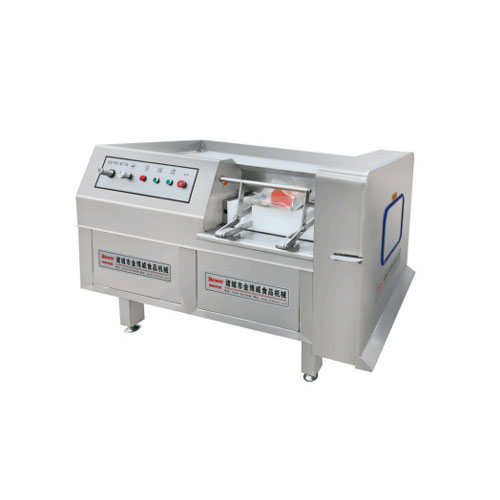 Meat Dicing Machine
Meat Dicing Machine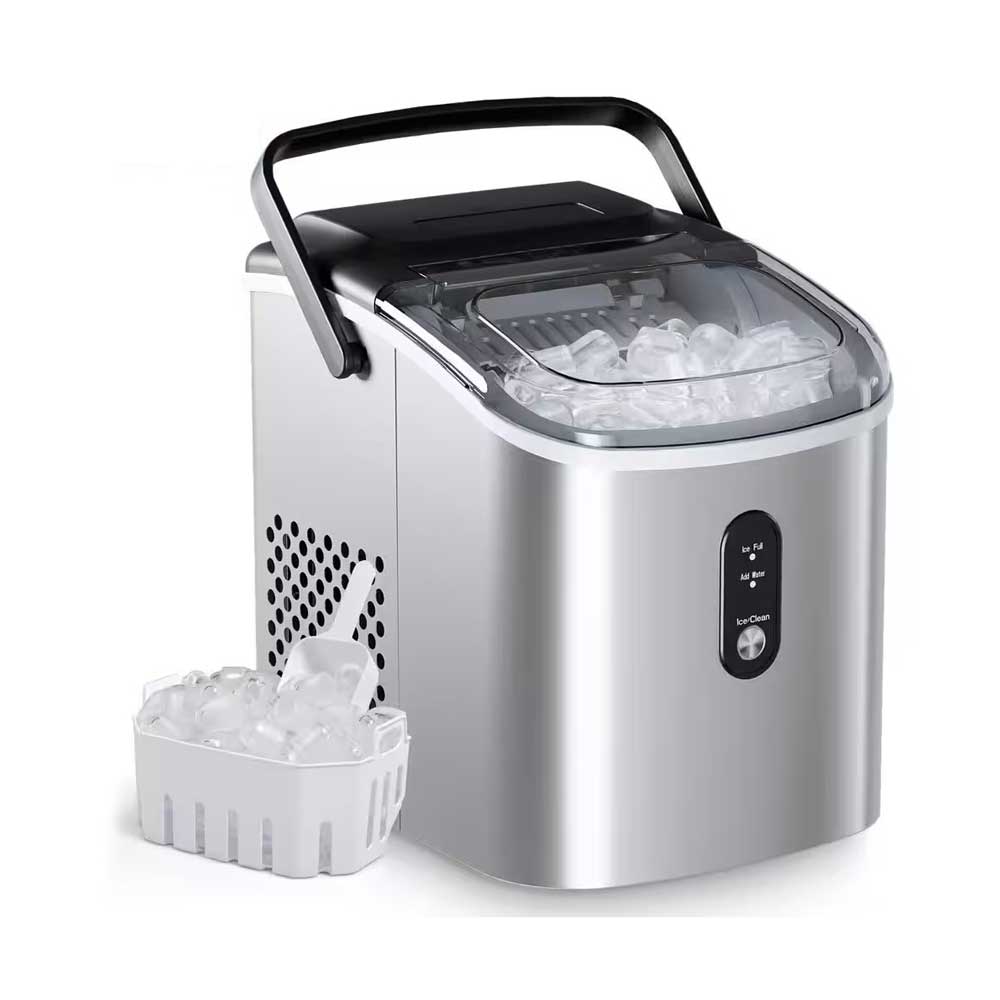 Portable Flake Ice Machine
Portable Flake Ice Machine
Ready to Get Started?